In the early days of my guitar journey, I struggled to realize the music I heard internally on the instrument. My technical skill outpaced my ability to accurately interpret complex harmonies or melodies by ear, which restricted both my creativity and confidence. As a guitar educator, I’ve repeatedly witnessed similar frustration among students—from beginners plateauing with memorized riffs to advanced players missing the subtlety of phrasing. Decades of experience have demonstrated that robust ear training is often the missing link. Developing listening skills grounds your musicianship, informs stylistic choices, and accelerates growth long after the basics are learned. In this article, I’ll present seven in-depth exercises—road-tested both in my own practice and my teaching—that can meaningfully elevate your guitar playing, regardless of current proficiency. These approaches are not quick fixes; they are practical tools for continuous musical advancement.
1. What Is Guitar Ear Training and Why Does It Matter?
Defining Ear Training for Guitarists

Ear training for guitarists is the structured process of improving one’s ability to accurately identify musical elements—intervals, chords, melodies, and rhythms—solely by listening. It builds a bridge between theoretical understanding and instrument technique, enabling internalization rather than rote memorization. Dr. Daniel Levitin, a cognitive neuroscientist and musician, highlights that musicians who engage in systematic ear training show increased connectivity between auditory and motor regions of the brain—a vital underpinning for improvisation and expressive phrasing. In practice, when guitarists hone their ear, they recognize harmonic contexts faster, recover from mistakes live, and can adapt to new musical settings without over-reliance on written notation. While challenging, this cognitive “rewiring” is foundational for moving beyond mechanical playing, and fosters genuine, intuitive creativity. Still, progress may be nonlinear and requires patience, with diversity in individual learning speeds and preferences.
This journey is ultimately about more than technical skills—it’s an invitation to listen deeper, connect with the emotional content of music, and explore creativity on the guitar with increased freedom.
Core Benefits: How Ear Training Shapes Your Playing

Multiple peer-reviewed studies confirm ear training’s positive impact on overall musicianship. For example, musicians with formal ear training acquire new repertoire up to 50% faster than those relying exclusively on notation. Enhanced auditory discrimination translates into practical benefits—identifying chord progressions during jams, adapting quickly in ensemble settings, and improvising melodically while staying harmonically grounded.
Moreover, ear training contributes to neural plasticity, helping players adapt to evolving musical contexts. I’ve observed students overcome performance anxiety and develop transferable skills such as musical memory and critical listening. However, research (see this analysis of ear training effectiveness) suggests that progress varies greatly depending on the methods used—passive listening is less effective than active, deliberate exercises, and one-size-fits-all approaches often underperform.
In essence, by closing the gap between theory and practice, ear training empowers ongoing personal growth, yet there is no universal solution—tailoring methods to your needs and learning styles is essential for sustained progress.
2. Who Needs Guitar Ear Training? (Hint: It’s Not Just Beginners)
Beginners, Intermediates, and Pros: Tailoring Training to Your Level
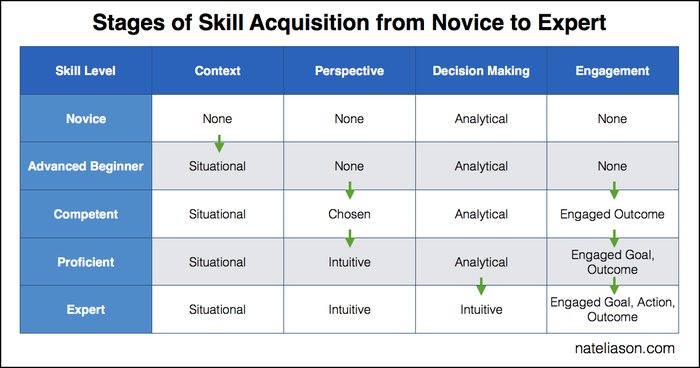
The misconception that ear training is only for beginners persists, but emerging educational research contradicts that bias. Adaptive, personalized ear training accelerates skill development across all proficiency levels. For novices, the priority is often on interval recognition and the very basics of pitch and rhythm. Intermediate players face more sophisticated tasks, such as discerning chord progression nuances and recognizing modulations in popular music (JustinGuitar’s lesson archive offers practical examples). Advanced guitarists and professionals use dictation, transcription, and advanced improvisation skills to synthesize complex concepts in real time (study on melodic dictation for experts).
In my teaching studio, a common thread among highly skilled players is their willingness to revisit foundational ear skills—an approach supported by research in musical pedagogy. Still, it’s important to acknowledge plateaus are possible; customized feedback and patience are vital for continued development at all stages.
Common Myths About Who Can Benefit

Prevailing myths claim ear training is reserved for the ‘naturally gifted.’ However, peer-reviewed studies and practical evidence alike discredit this view: dedicated and structured practice matters far more than innate talent (Musical U resource). My classroom has included self-professed ‘tone deaf’ individuals who, with persistent training, made measurable leaps in melodic and harmonic recognition. Inclusive approaches to assessment further reinforce the point that virtually anyone can improve with the right support.
That said, the process demands patience—and different students require distinct pacing. Disappointment is a normal part of the growth curve, but progress is available to all willing to consistently engage the process.
3. When Should You Practice Guitar Ear Training for Maximum Results?
Best Times to Integrate Ear Training in Your Routine

“When should I train my ear?” is a question with no universally perfect answer. From habit-building research and my own teaching practice, I’ve found that linking ear training to daily routines—commutes, meal breaks, or before sleep—yields reliable results. Short, focused sessions maximize engagement and retention, making ear training accessible even on the busiest days.
Crucially, training isn’t about cramming; neuroscientific studies (see links above) highlight that distributed practice trumps isolated long sessions. The real challenge is not finding the “best” time, but building a repeatable, sustainable practice rhythm (research on habit-building).
Frequency & Duration: What Really Works
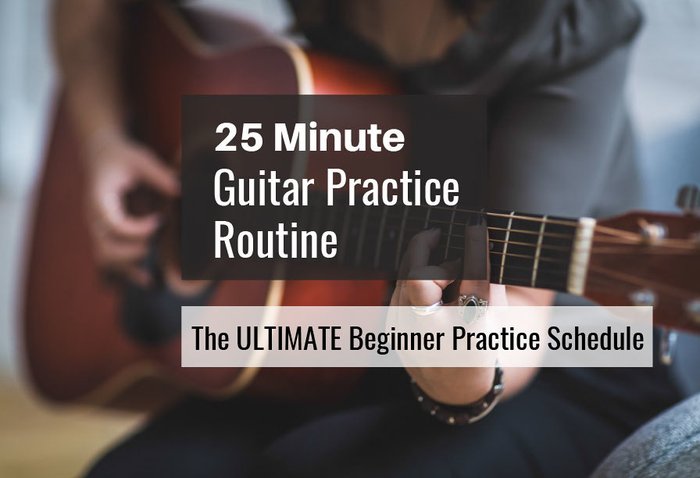
What constitutes an effective session? Cognitive science consistently supports shorter, high-frequency practice for skill acquisition: 10–20 minutes of focused work daily is optimal. Within just a few weeks of consistent, concentrated practice, most guitarists report measurable improvements in pitch and harmony identification.
While marathon sessions might sometimes feel productive, they risk diminishing returns due to fatigue and reduced focus. Ear training is most effective when interleaved with other musical activities. Some days, you may make rapid progress; others, gains will be incremental. The key is balancing persistence with rest, and tracking progress over time to remain motivated.
4. Where Can You Practice Guitar Ear Training? My Top Tools and Resources
At Home vs. On the Go: Flexible Practice Tips
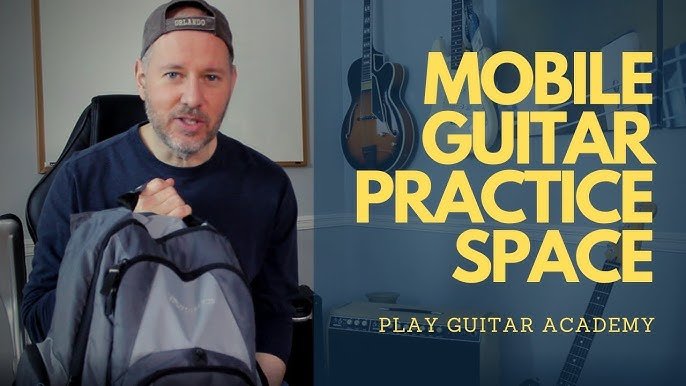
Your environment no longer limits your ear training potential. With technological advances, productive sessions can happen virtually anywhere. At home, full-featured software and audio tools—backed by research showing that structured practice yields deeper learning (study on learning environments)—permit detailed, distraction-free exploration of skills. On the go, mobile apps provide portability for reviewing intervals or playback drills while off the instrument (acousticguitar.com resource).
Balance is crucial: deep learning benefits from calm, uninterrupted home sessions, while staying versatile and maintaining daily practice is made easier with portable tools (evidence-based exercises). Evaluating the strengths and limits of your environment will help you develop a sustainable ear training habit.
Recommended Apps and Online Resources I’ve Used
Through both self-directed learning and formal teaching, I’ve assessed dozens of digital and analog ear training resources. Many leading platforms now employ adaptive algorithms to individualize drill intensity and variety, closely approximating live instruction. Notable apps such as EarMaster and Tenuto allow progression from interval recognition through advanced harmonic dictation with real-time feedback. However, these tools are most effective as supplements: users who combine app-based learning with playing, transcription, and interactive listening achieve broader, deeper gains. Relying solely on digital solutions can leave gaps in “real world” application—balance and diversity in practice is always recommended for sustainable progress.
5. How to Master Guitar Ear Training: 7 Proven Exercises
1. Interval Recognition on the Guitar Neck

How rapidly can you identify musical distances (seconds, thirds, fifths, etc.) anywhere on the fretboard—without visual cues or tablature? Mastering this foundational skill improves everything from improvisation to transcription. Research in auditory-motor learning confirms that associating physical positions on the instrument with aural recognition accelerates retention and recall.
However, for many—especially self-taught guitarists—interval recognition remains abstract. Structured drills (playing and singing intervals from random starting points) are crucial. Early difficulty is normal; repeated, graduated exposure is the key to eventual mastery. The payoff is substantial: improvisers gain unprecedented freedom, and even sight-readers report greater confidence when playing unfamiliar material.
2. Chord Recognition: Open & Barre Chords
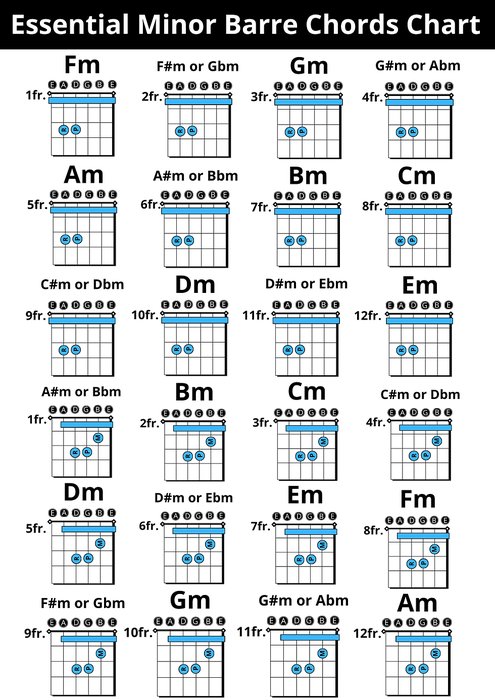
Did you know: Many professional guitarists rely more on their ears than on chord charts when learning songs? That skill is accessible with deliberate practice.
Ear-based chord recognition—especially for open and barre voicings—is a pivotal, yet often underestimated, competence. It allows fast adaptation in new ensemble settings and streamlines song learning. Training involves both active listening (breaking down complex voicings in recordings) and ‘call-and-response’ exercises (attempting to reproduce played chords by ear). Consistent repetition is the determining factor—progress can stall without it. Still, patience is rewarded by increased musical autonomy and confidence in performance situations, especially when written materials are unavailable.
3. Pitch Matching Drills: Matching Guitar Tones by Ear

Accurate pitch matching is foundational to playing in tune—and to expressive, controlled playing overall. Carefully structured pitch matching drills (listening to a reference tone and reproducing it) strengthen both intonation and micro-listening abilities. Research in music education shows that these skills improve not merely technical competence, but also the ability to pick up new material quickly when jamming, recording, or gigging. For those less experienced, feedback (from teachers, tech tools, or recordings) is essential to ensure accuracy and avoid reinforcing errors. With patience, pitch perception and control become second nature.
4. Melodic Dictation Using Famous Guitar Riffs
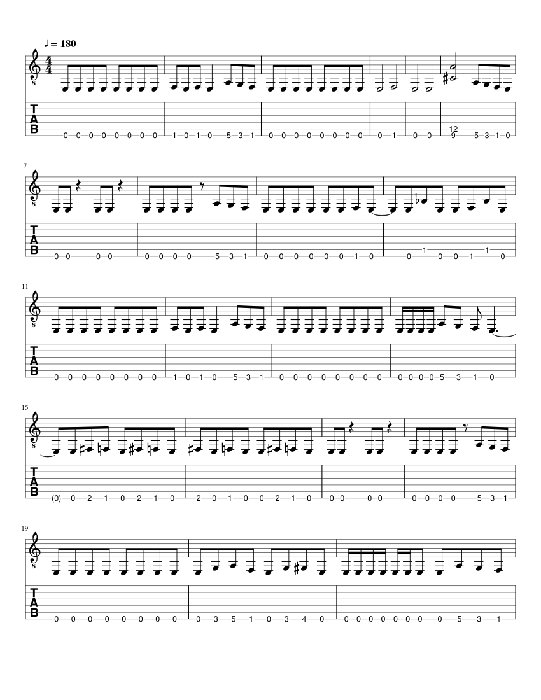
Transcribing classic guitar riffs by ear—without visual aids—sharpens listening, memory, and creativity. Research-backed ear-training practices, like melodic dictation, engage active listening and analytical skills simultaneously. Applying these tools to recognizable riffs increases motivation and enjoyment, and contextualizes theoretical concepts. However, the exercise is most effective when tailored to a player’s preferred genres and skill level—random or poorly matched selection can frustrate rather than motivate. Flexibility and regular adjustment are key for continued efficacy and relevance.
5. Audiation: Hearing Before Playing
Audiation (mentally hearing music before playing) is one of the most powerful, yet subtle, skills for creative improvisation and deep musical understanding.
Many students report creative breakthroughs after practicing audiation—such as improvising more melodic solos, or arranging parts for ensembles—all stemming from first “hearing” the phrase internally (Anecdote: Several of my students revolutionized their solos when they learned to fully imagine musical ideas before touching the fretboard.). However, audiation’s effectiveness is contingent on disciplined mental practice (e.g., singing before playing, or internalizing lines), and can be compromised by habitual, mindless repetition. Regular, intentional engagement is necessary to translate imagined music into actual playing; sporadic attention yields limited impact.
6. Perfect Pitch Training (and Its Real-World Limits)
Scientific consensus and practical evidence agree: Relative pitch development is vastly more useful to most guitarists than attempts at perfect pitch acquisition.
While perfect pitch—the ability to name a note out of context—receives much attention, its real-world utility for guitarists is often overstated, as most musical situations require the ability to discern relationships (relative pitch), not mere note naming. Studies show that only 1 in 10,000 musicians acquires true perfect pitch as adults; further, relative pitch is critical for improvisation, transposition, and ensemble work. My approach prioritizes practical relative pitch training—intervals, chords, and progressions. This equips players for virtually every genre and scenario. Perfect pitch training can be interesting in a limited set of circumstances, but it is scientifically unlikely and musically unnecessary for most.
7. Using Apps: My Review of Top Guitar Ear Training Tools

A growing body of research supports the utility of digital platforms for ear training, with some modern apps allowing users to practice directly with real songs rather than only isolated tones. Such features increase engagement and make transfer to musical contexts more natural. However, these music training resources are most effective when used in conjunction with, not in place of, instrument-in-hand practice and collaborative exercises. Overreliance on apps can lead to skills that are hard to transfer outside the digital environment. I recommend a blended approach—combining app-based drills with singing, playing, and real-life musical interaction—to maximize benefit and avoid one-dimensional learning.
FAQs: Troubleshooting Common Ear Training Hurdles
How did guitar ear training change your playing?
What are some effective ear training exercises for guitarists?
How often should I practice ear training?
Can ear training help with songwriting?
Conclusion: The Lasting Impact of Guitar Ear Training on My Musicianship
Building your musical ear is among the best investments for any guitarist committed to sustained growth. My experience as both performer and teacher has convinced me that ear training is not a luxury for the few, but a necessity for all. Improvements in auditory skills permeate every facet of musicianship, from interpretive nuance to technical fluidity. The exercises outlined here are proven tools, but they require commitment and realistic expectations—progress is highly individual and ongoing. Ear training can feel daunting, particularly when progress slows or plateaus, but the cumulative rewards—greater musical independence, enhanced creativity, and deeper satisfaction—far outweigh the initial difficulty. Ultimately, the journey is lifelong and its challenges an invitation to ever deeper listening, understanding, and artistic expression.